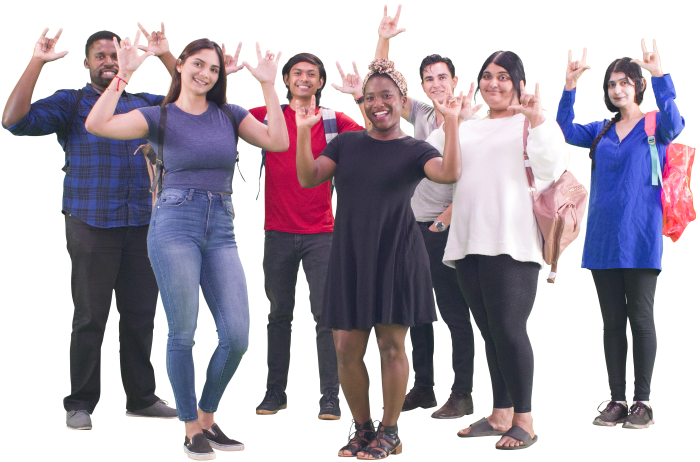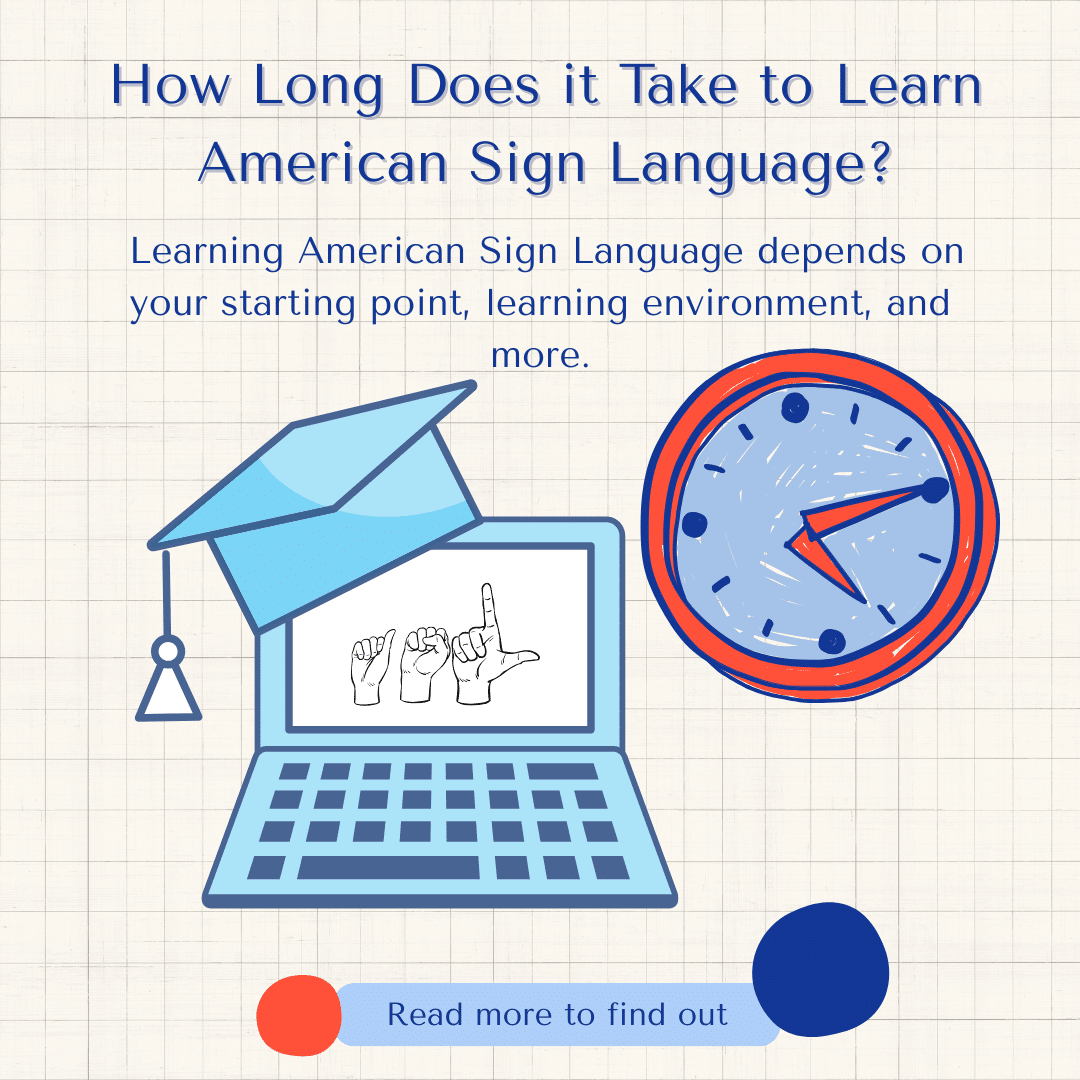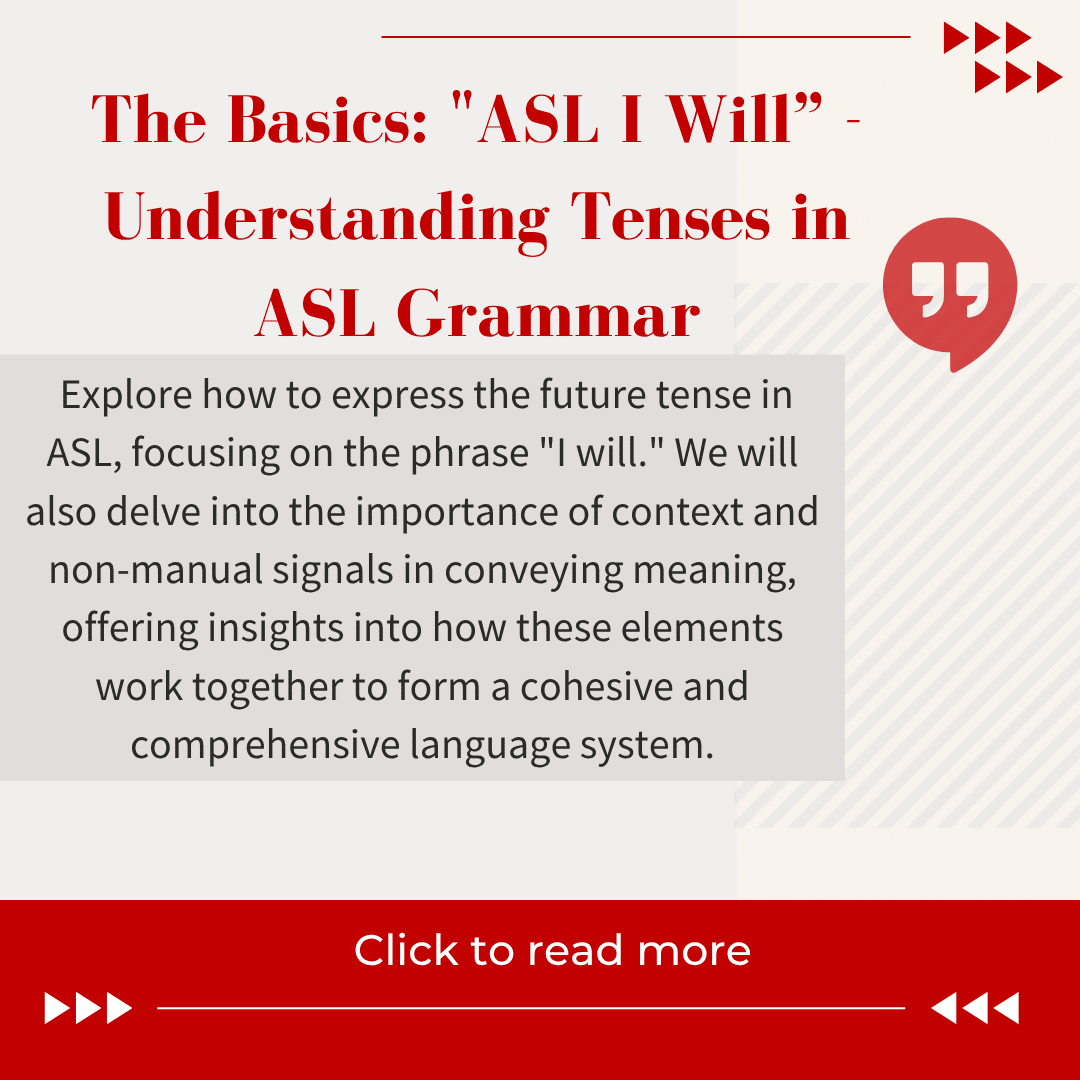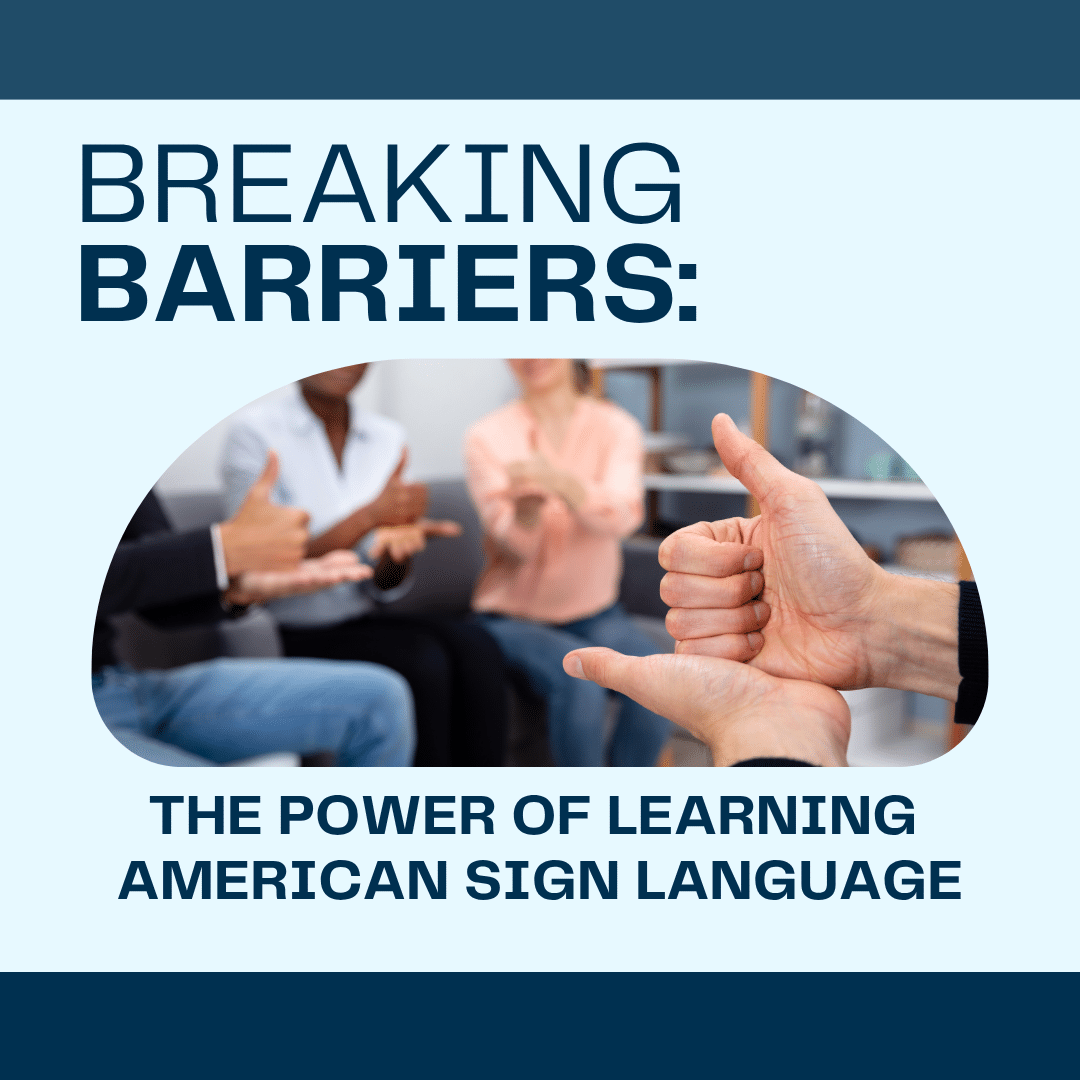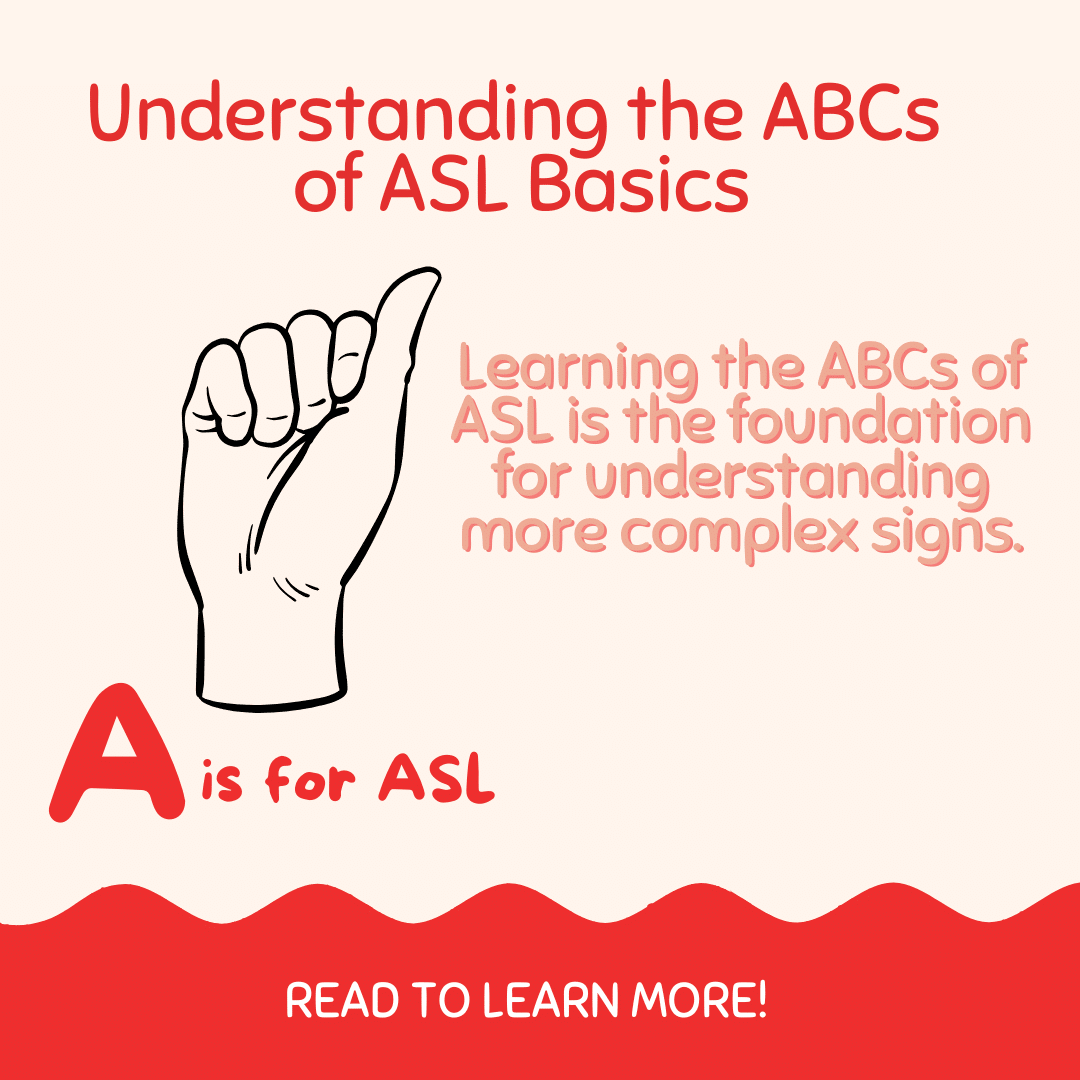
Learn American Sign Language: ASL 1 – Unit 7 Sample
In this unit sample, you will learn American Sign Language pronouns.
Personal Pronouns
Personal pronouns in ASL are signed by pointing with your index finger toward a person, object, or referent. A referent is used when a person or object is not present.
In the video below, the various personal pronouns will be demonstrated for you:
Possessive Pronouns
In ASL, personal pronouns can indicate possession simply by changing your handshape from an index finger to a flat hand. The palm of your flat hand would be pointing toward the person or object.
For example, to sign “YOUR,” you would sign “YOU” with a flat hand, fingertips up, and your palm facing toward the person.
In the video below, the various possessive pronouns will be demonstrated for you:
Take Our Free ASL 1 Course
This unit is just a sample of our complete course where you can learn American Sign Language quickly and easily. Enroll in our Free ASL 1 Course today!
Start Learning ASL Today!
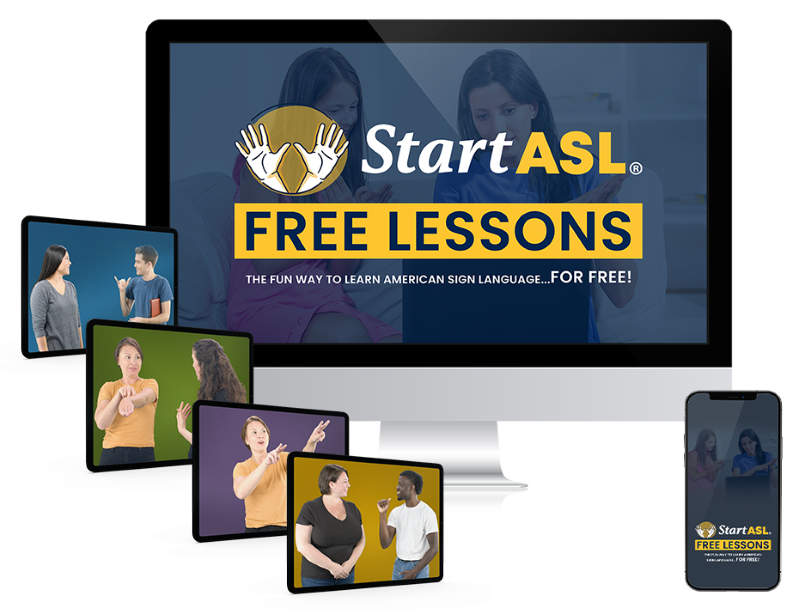 Ready to start learning real American Sign Language and not just basic signs? Do you want to be a part of the vibrant Deaf community? Check out our Free ASL 1 Course or our Complete 4-Level ASL Course options and start learning ASL today!
Ready to start learning real American Sign Language and not just basic signs? Do you want to be a part of the vibrant Deaf community? Check out our Free ASL 1 Course or our Complete 4-Level ASL Course options and start learning ASL today!
